Edible flowers can be used to add a splash of colour to all kinds of dishes, from salads to desserts and of course fancy cocktails! A single petal, carefully placed, can really enhance a slice of cake or an entree.
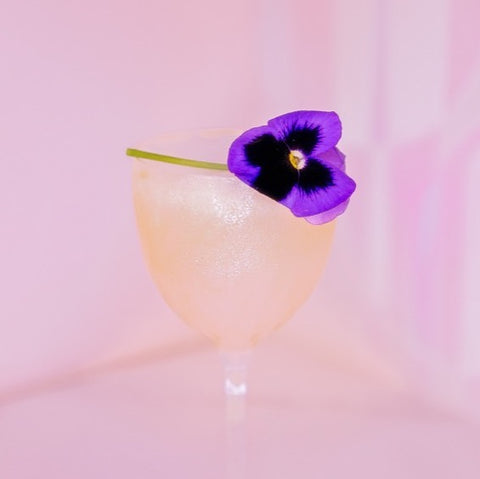
Before venturing out to the garden to harvest a bunch of flowers for the dinner table, it’s important to remember that some flowers are poisonous. Make sure you are confident about the plant ID before harvesting and eating. Homegrown flowers are best, from a spray free garden where no harmful pesticides or other chemicals could be consumed with the flower. As a further precaution, all flowers should be shaken and washed in cold water prior to use, to ensure there are no insects or other garden critters along for the ride!

Pick edible flowers in the morning, when they have the highest water content. Keep them on some dampened paper towel inside a sealed container in the fridge for as long as a week. Wilted flowers can be revived by floating them in some iced water for a few minutes. In most cases it is best to remove the styles and stamens before eating - the taste of pollen can overwhelm the delicate flavour of the petals. For best results, prepare the dish with edible flowers soon before you are ready to eat.
Here are our top tips for some of the best edible flowers to grow in Perth:
Nasturtiums
Nasturtiums are easy to grow and self seed year on year. All nasturtiums produce edible flowers and leaves with a pleasant sweet, peppery flavour. Even the fresh seeds can be pickled like capers. The flowers can be used whole to decorate salads and cakes.
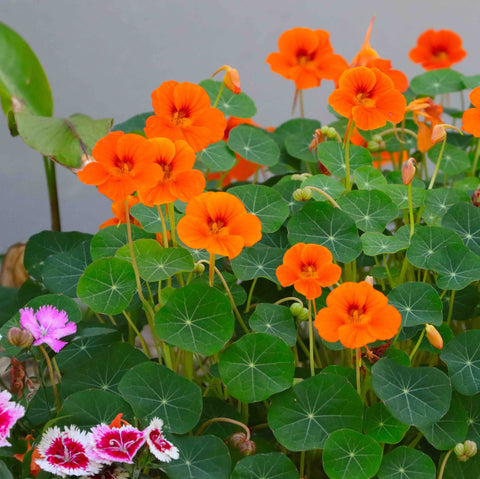
Borage
This familiar garden herb has furry leaves and exquisite blue, star-shaped flowers. Both have a cooling taste reminiscent of cucumber. Try some of the flowers in a summer lemonade or sorbet – or a gin and tonic! They work particularly well as garnishes for gazpacho, cheese plates, or just sprinkled over salads.

Anise Hyssop
Anise Hyssop is also sometimes known as licorice mint. Both the young leaves and the striking purple flowers have a mild licorice flavour. Pull the purple flower tubes away from the central structure of the flower and scatter them in salads or fancy drinks for a pop of colour and flavour.
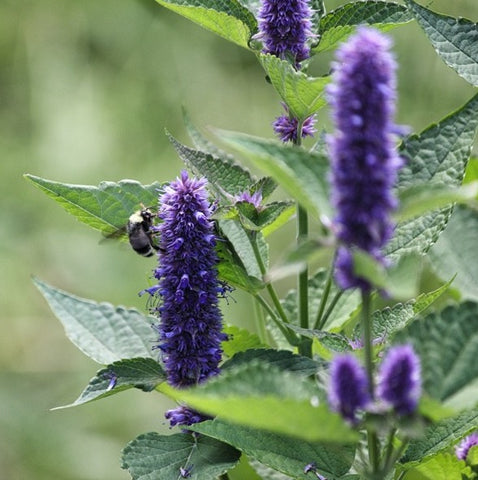
Angelica
This relative of celery which has has licorice-scented, pinkish flowers borne in large umbels. The flowers make an interesting addition to salads, but it is mostly grown for its stronger-tasting leaves.
Violas
Violas (also known as Johnny Jump up) produce masses of small, brightly coloured flowers that have a faint wintergreen taste. They look great served on cakes, served with soft cheeses, or as a topping for salads. Use the whole flower intact.

Honeysuckle
The long flower tubes of various honeysuckle species are edible, but Japanese honeysuckle (Lonicera japonica) is best, with its distinctly honey-like flavour. Do not eat the berries that follow, or any other part of the plant, as they are all poisonous.

Chrysanthemum
Edible chrysanthemums produce both edible young leaves and white daisy-like flowers with yellow centres, or flowers that are entirely yellow. The petals are edible and faintly tangy.
Calendula
All calendulas have flower petals that are edible. They have a nice flavour that ranges from peppery to bitter, which can be a useful addition to soups and salads. They can also be used to give a yellowish colour to dishes, similar to saffron.
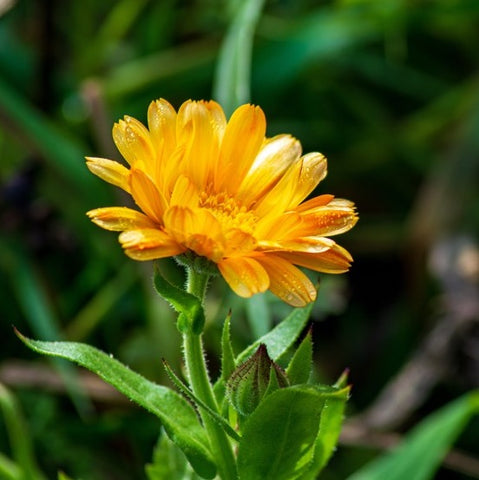
Geraldton Wax
The leaves from this native Australian plant have a pleasant lemon flavour which is popular in sauces and stocks for meat and fish. Flowers and leaves can be used in botanical gin.
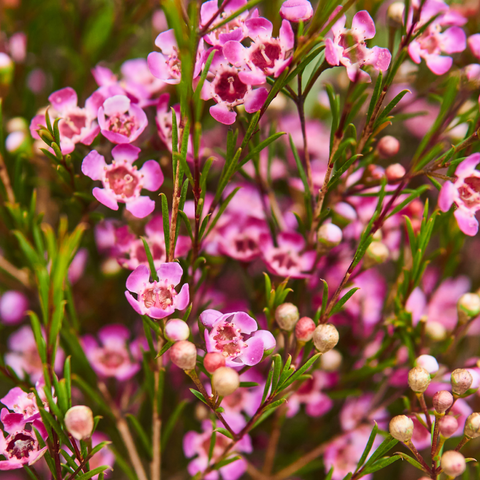
We'd love to know how you use edible flowers in your cooking or cocktails! Leave a comment below or share your favourites on our social media.

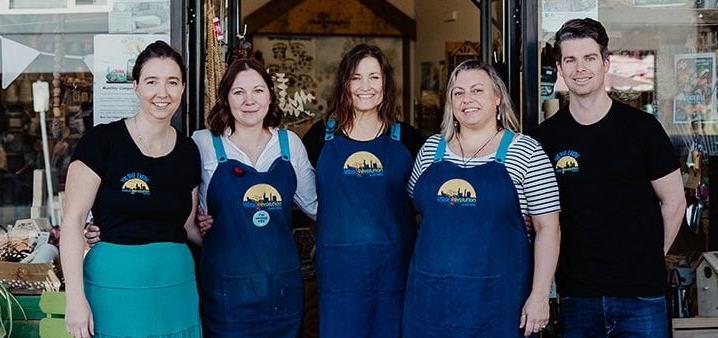




Leave a comment (all fields required)